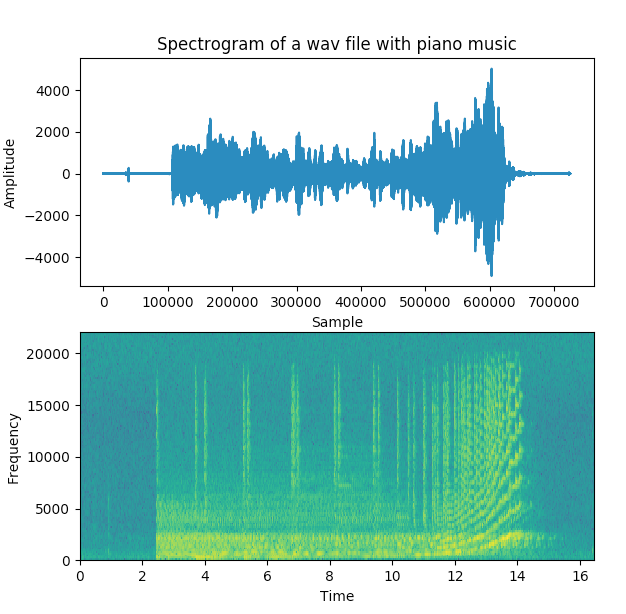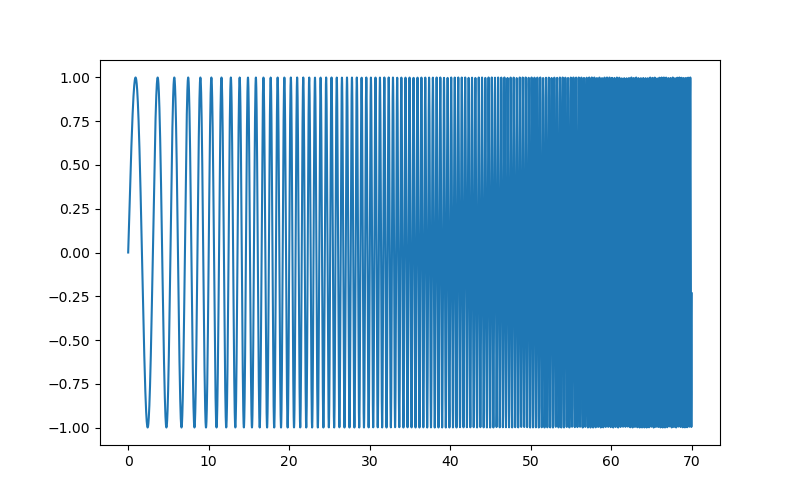

Defaults toĪxis along which the spectrogram is computed the default is over Is measured in V and fs is measured in Hz. Spectrum (‘spectrum’) where Sxx has units of V**2, if x Where Sxx has units of V**2/Hz and computing the power Selects between computing the power spectral density (‘density’) Defaults to True, but forĬomplex data, a two-sided spectrum is always returned. If True, return a one-sided spectrum for real data. If detrend is False, no detrending isĭone. If it is a function, it takes a segment and returns aĭetrended segment. String, it is passed as the type argument to the detrendįunction. detrend str or function or False, optional Length of the FFT used, if a zero padded FFT is desired. Number of points to overlap between segments. Tuple, is set to 256, and if window is array_like, is set to the Defaults to None, but if window is str or If window is array_like it will be usedĭirectly as the window and its length must be nperseg.ĭefaults to a Tukey window with shape parameter of 0.25. Passed to get_window to generate the window values, which areĭFT-even by default. window str or tuple or array_like, optionalĭesired window to use.

#Scipy spectrogram series
Time series of measurement values fs float, optional Nonstationary signal’s frequency content over time. Spectrograms can be used as a way of visualizing the change of a spectrogram ( x, fs = 1.0, window = ('tukey', 0.25), nperseg = None, noverlap = None, nfft = None, detrend = 'constant', return_onesided = True, scaling = 'density', axis = - 1, mode = 'psd' ) ¶Ĭompute a spectrogram with consecutive Fourier transforms. Statistical functions for masked arrays ( K-means clustering and vector quantization (


 0 kommentar(er)
0 kommentar(er)
